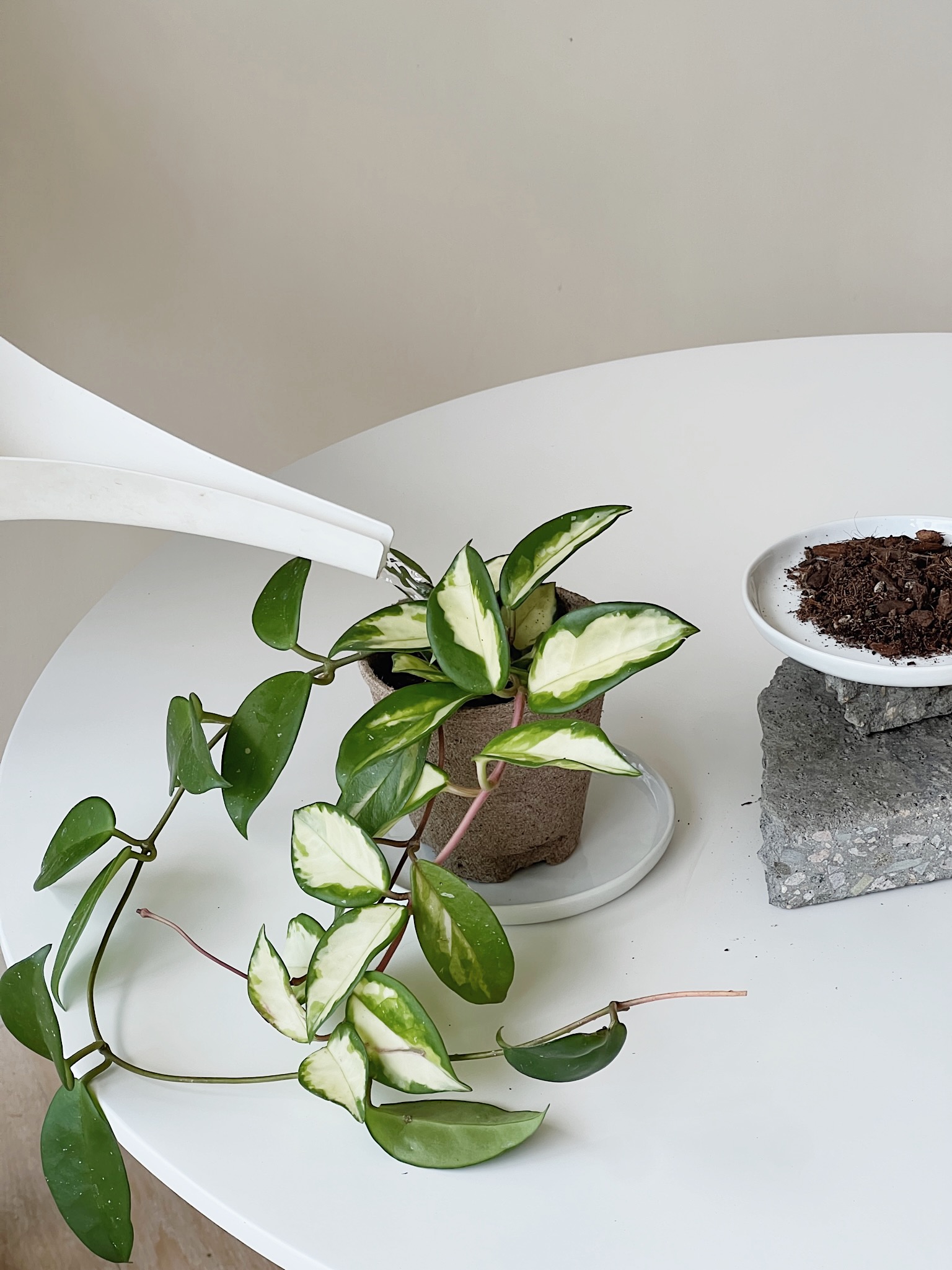Every plant has different light, soil, water, and humidity requirements. Learning about individual needs and taking care of them accordingly is the key for them to thrive.
- Lightings:
Plants consume light to perform photosynthesis. Most plants can digest a good amount of light in the wild, but houseplants are cultivated in greenhouses, and harsh direct sunlight may get them burnt. Thus, knowing your environment and choosing the right place for your plants helps them to grow in your care.
Roughly speaking, there are four types of lighting conditions for indoor plants.
- Bright direct sunlight
- Bright indirect sunlight
- Medium-light
- Low-light
The illustration below explains how to tell your home's lighting condition.


- Water:
Watering plants sounds easy, but it’s the trickiest part, and over-watering has been the number one plant killer. We don’t have a fixed watering schedule for you because it depends on your home environment, such as humidity, lighting, temperature, airflow, etc. What we have are some tips for your to communicate with your plants to know their needs.

When to water
What water to use
How to water
- Check soil
Use your finger or a moisture meter to dip into the soil to see its moisture level. For most plants, when the top 2 inches of the soil feel dry, it’s time to water your plants. In contrast, some may require an utterly dry-out between waterings.
- Observe
Some plants will tell you they are thirsty by their appearance. For example, philodendrons and pothos will have wilt and soft leaves when they lack water. Calathea and monstera deliciosa ask for water by curling leaves. Boston fern will be faded in color if the soil is too dry. Look closer, and your plants may have a story to tell.
Rainwater and filtered water are the best choices. Tap water is fine unless it’s softened.
Run water slowly around the pot until there is water coming out from the bottom of the pot. Let the water drain completely before putting back to their spots.
- Fertilizing:
Houseplants live in closed containers rather than on the open ground, so your plants will benefit from regular fertilizing. On the other hand, too much fertilizer may burn the root system. Feed your plants during their growing seasons ( usually spring and summer), and cut down the food in their dormancy when their metabolism is low. Also, using mild organic fertilizer mimicking what they get from nature is an efficient and genuine way to keep your plants strong.
Ti Tree Supplement 01 is made from organic composted ingredients. The organic plant food provides slow-release, consistent nourishment. Simply sprinkle the powder on the top of the soil in the growing season and water regularly to boost your plants' growth.
- 50g: sprinkle 1-2 spoons on the surface of the soil once a month.
- Insects:
At some point in your planting journey, you will face the insect problem. Houseplants have much fewer insect pests than outdoor gardens but are not pest-free. Some common pests are aphids, whiteflies, mealybugs, scales, thrips, spider mites, and fungus gnats. A small number of them won’t do severe harm, but the serious infection will affect plants’ appearance and may even kill them. The top ingredient to keep insects away is supporting your plants' health since unhealthy plants secrete some chemicals that attract insects. Additionally, preventing and spotting infection at the early stage makes significant differences.
Ti Tree Anti insect 01 containing neem oil is our secret to maintaining pest-free plants. Neem oil is a vegetable oil pressed from neem seed used widely in gardening. It works for most common pests and fungi. Spray leaves occasionally to prevent disease and leave a shiny finish on the leaves.
- 100ml: spray on leaves biweekly to prevent / 1-2 times a week for existing disease.

